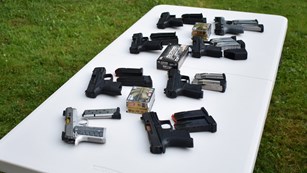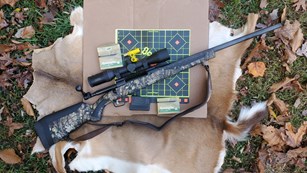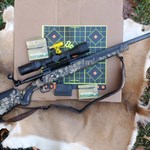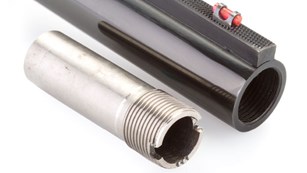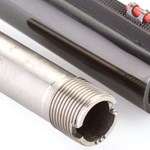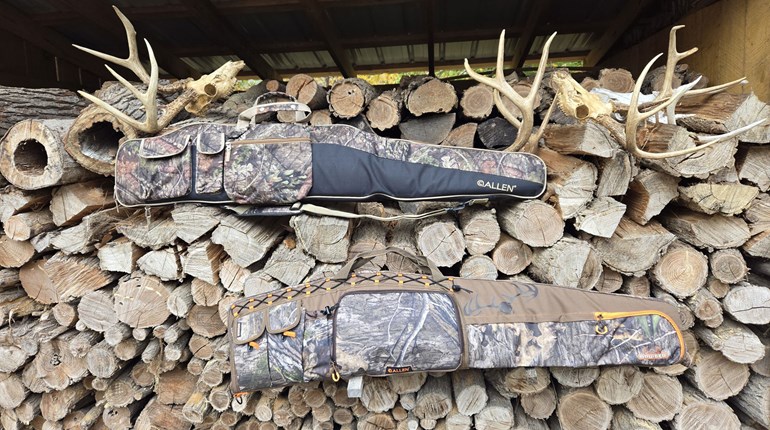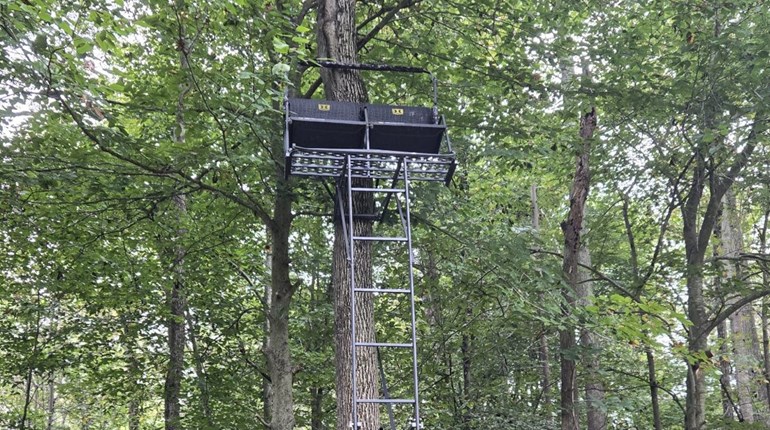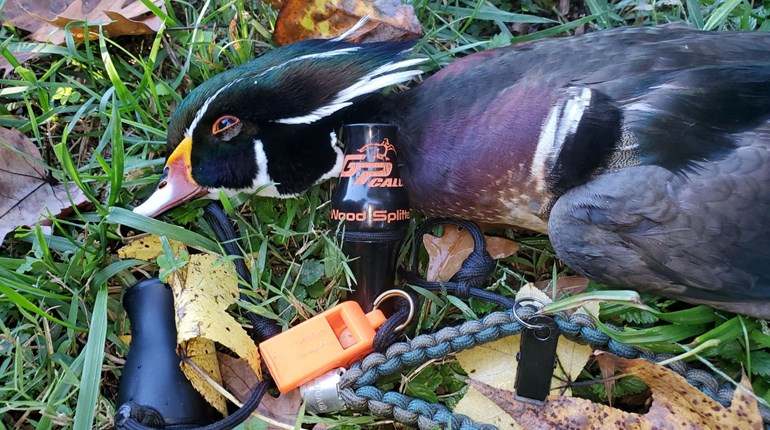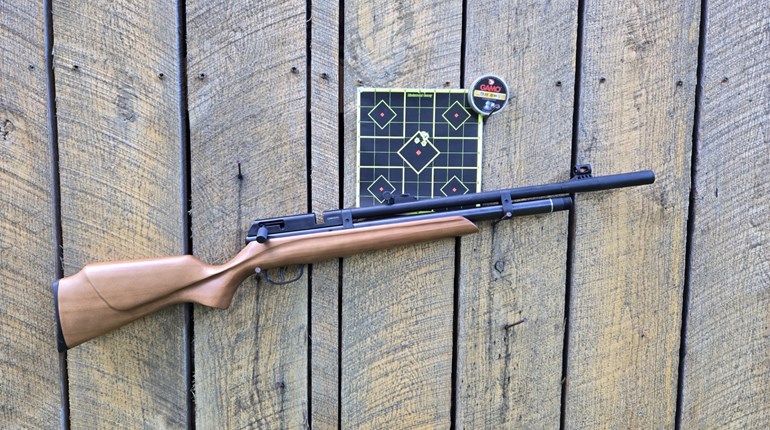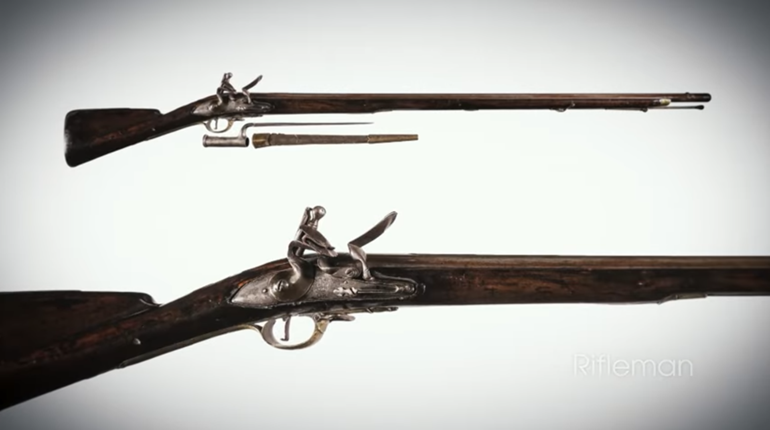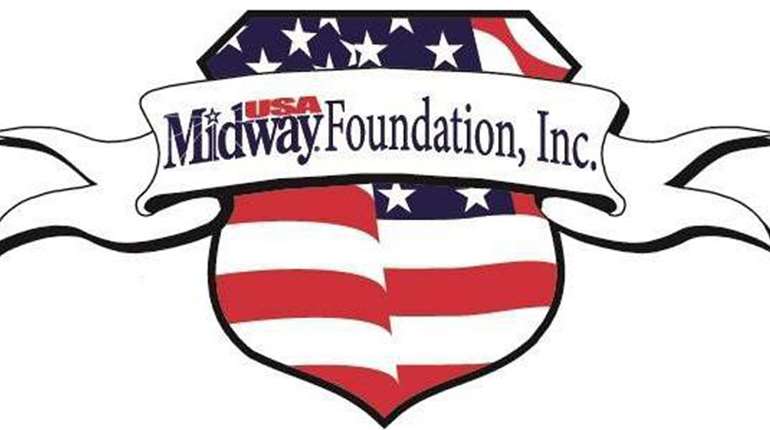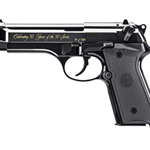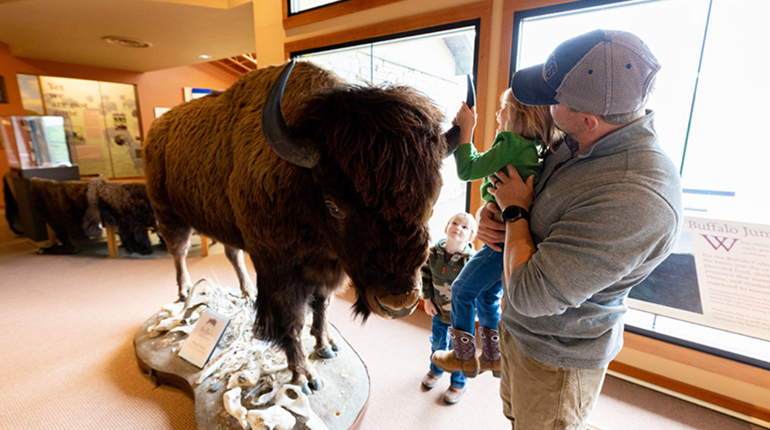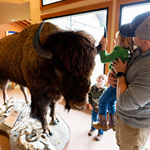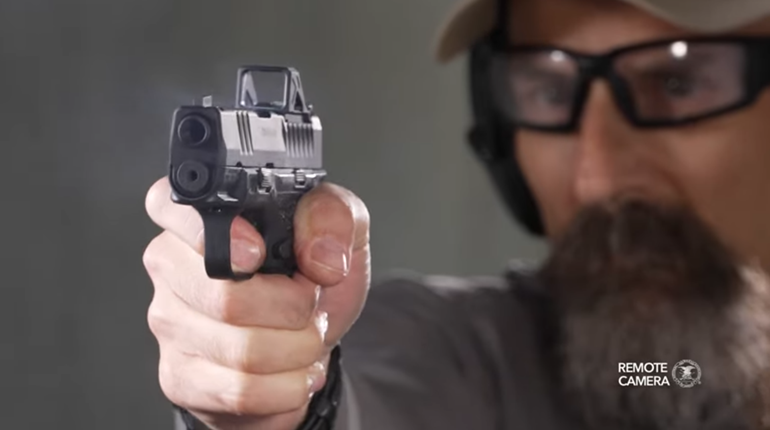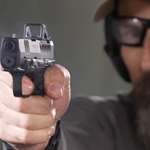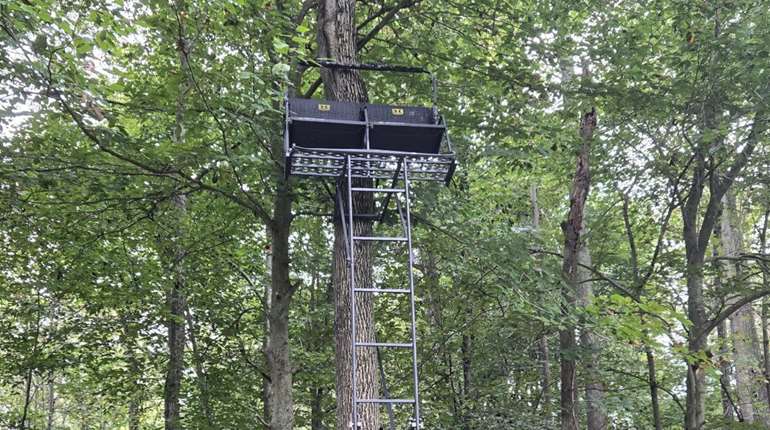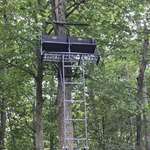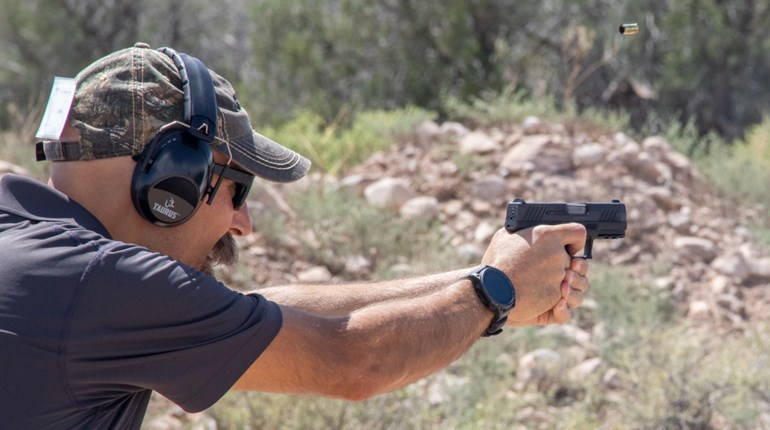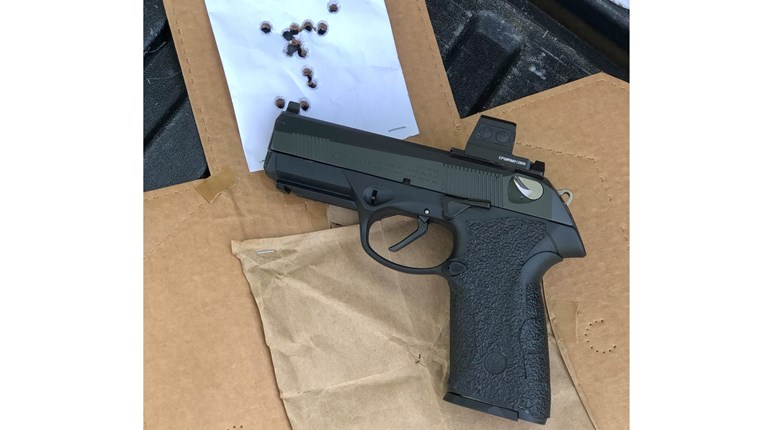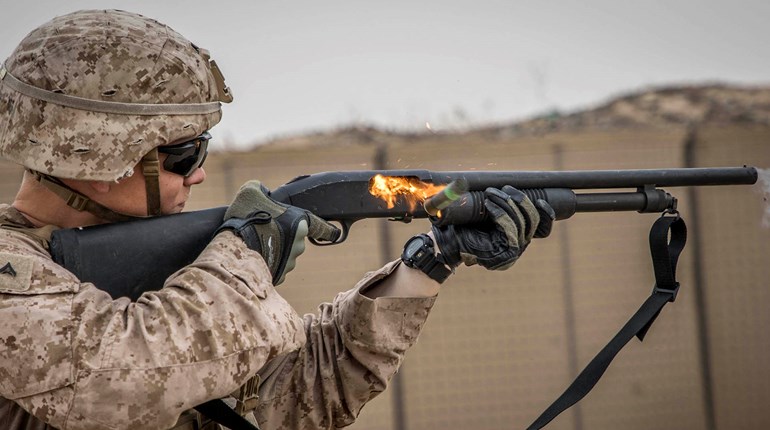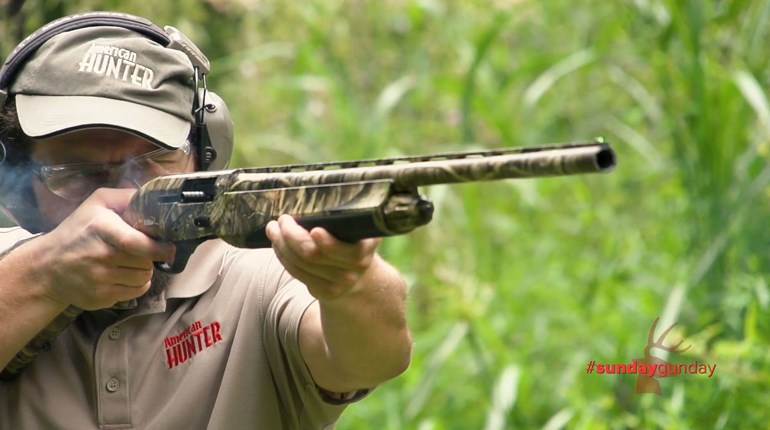
Summer is most definitely here, and the best part? Definitely the summer nights. There's nothing better than a warm and fragrant night for chasing fireflies, sipping iced tea on the porch, and frog hunting.
What? Frog hunting? Yes! Many old-timers can remember the summer evenings heading for the nearest water hole with a laundry sack and a frog gig or low-powered rifle of some sort. Bull frogs sounding off around the banks gave hunters a hint where to put their light and stalk in for the prize. Frog hunting is a great way to have some summer fun and bring home some supper. Here are the particulars.
Scouting
Scouting is not really necessary, but I do like to put in a bit of time while I'm fishing to listen for bullfrogs. Their deep bellow gives away their position and lets you know just how populated the frogs are on that waterway. Find a spot where you hear lots of frogs.
Dress for success
Some people like to wear waders and try to stay dry. If you are not wearing waders, an old pair of tennis shoes or boots tied snugly will do the job. Wear a pair of pants, and you might consider a lightweight long sleeve to cut down on mosquito bites. Either way, you'll need some really good insect repellent. A ball cap is a good idea, since you can use it to swat at bugs if need be, and you can clip a light to the brim.
Gear up for the adventure
As stated before, you can use a frog spear or gig to spear the frog, which requires a long pole, or you can use a firearm. I have even gone frog hunting with a fishing pole and dangled a piece of red flannel on a hook in front of the frog with great results. Take the longest pole you have if you go this route.
Good poles for a spear or gig include half-inch electrical conduit, which is lightweight and strong. You can even add a coupler and another few feet to the 10-foot section you can buy at a building supply store near you if you desire.
Firearms are a personal choice. I like a .22 rifle loaded with subsonic rounds or shorts. That is plenty enough power for the job. However, a .22 caliber airgun (take your pick but I like GAMO or Stoeger guns that have a rotary magazine for this job), or even a .177, will do the job with proper shot placement. I would recommend NOT using BBs, as frogs are tougher than you'd think.
Lights are a must. The brighter the light, the better. I always carry two lights. One is my backup. I may drop one, or it may go dead, so having the second light saves the night and avoids an awkward situation where I am navigating in the dark through snake infested waters.
The technique
Frogs are most easily seen along the banks of the waterway. I prefer to wade as I have more control and can stabilize my firearm better than in a rocking boat, canoe or kayak, and I make less disturbance in the water. However, using a watercraft of some sort can allow the hunter to cover more territory quickly. Wading is much better for shallow swamps and areas where the watercraft may not be easily maneuverable.
Stalk or float along shining the light on the bank. The creamy underbelly of the bullfrog will be evident. The frogs often won’t move unless loud noises spook them. Quietly ease forward until you are in range. Aim for the head if possible. If the shot is from the front, put the sight right at the mouth and nose for quick and humane kills. Sometimes frogs jump before they die, so be sure you watch where they jump and get them before they make it to deep water and become turtle food.
Frogs are sometimes floating in shallow water among vegetation. Shine your light looking for the reflection of the eyes, and keep in mind they are already in the water. When gigging that means you have to drive the spear hard, and I often pull back quickly to avoid getting my gig stuck in a log on the bottom. If you are shooting the frog you will have to retrieve it quickly before it sinks among the vegetation.
If you miss, note where the frog was and continue along the bank and circle back later for another look. I like watching muddy banks. Frogs will often be right at the water’s edge, or up a few feet near vegetation a few hops away from water. Keep in mind that you are not the only hunters looking for a froggy meal. Snakes love frogs. So, be on the lookout for snakes. If you live in the south, that means gators or water moccasins may be nearby. Look around before you claim your prize, and don’t reach up into branches above you without looking first!
Cleaning and cooking
Frog legs are awesome table fare. People often say things “tastes like chicken.” (As for me, frog legs are the only game that I ever thought might taste a little like chicken.) To prep the frog for cooking, cut the legs off at the hip. Using a pair of needle-nose pliers, pull the skin off all the way to the feet. I leave the feet on the frog legs, but you can cut them off if you want. The remainder of the frog makes good catfish bait if you are going fishing soon.
Put the frog legs in saltwater in a large bowl. The nerves will react to the saltwater and begin kicking, so cover the bowl or your housemates may get freaked out a bit. The saltwater pulls any noxious tastes like swamp water from the meat. Rinse the legs the next morning and drain.
Cooking frog legs is like cooking fish. Batter them with flour, salt and pepper, or corn meal and salt and pepper, or your favorite fish seasoning. Fry them in a pan until the meat is white and flakey and easy to pick off the bone. Eat them like chicken drumsticks!
A few reminders
As always, use good firearms safety. That means knowing where others are and where houses are. Have a good backstop and put the safety on EVERY time you are done shooting. Know the regulations. Some states require hunting licenses for frog hunting, and some require a fishing license if using a fishing pole. Be aware of the hazards of wading. There are often hidden holes or drop-offs in the water. Proceed with caution and hunt with a buddy.

